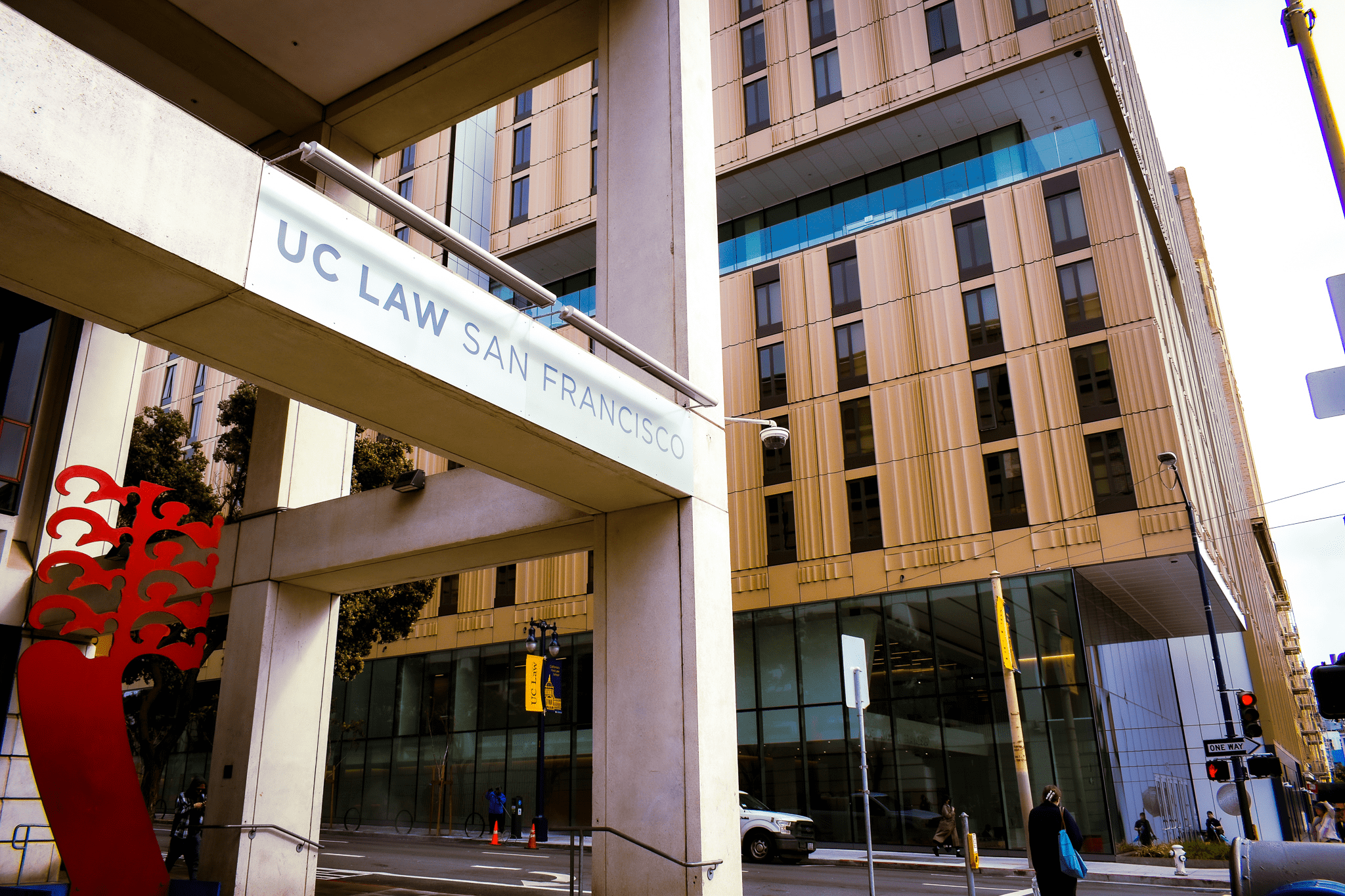
UC Law SF graduates succeed:
#1
More California judges than any other law school
#8
in general counsels at S&P 500 companies
#26
in % of grads who land Big Law jobs
20%
of new law grads hired in San Francisco are from UC Law SF
92.4%
of grads gainfully employed within a year after law school (2023)
Understanding U.S. News rankings – Key Points:
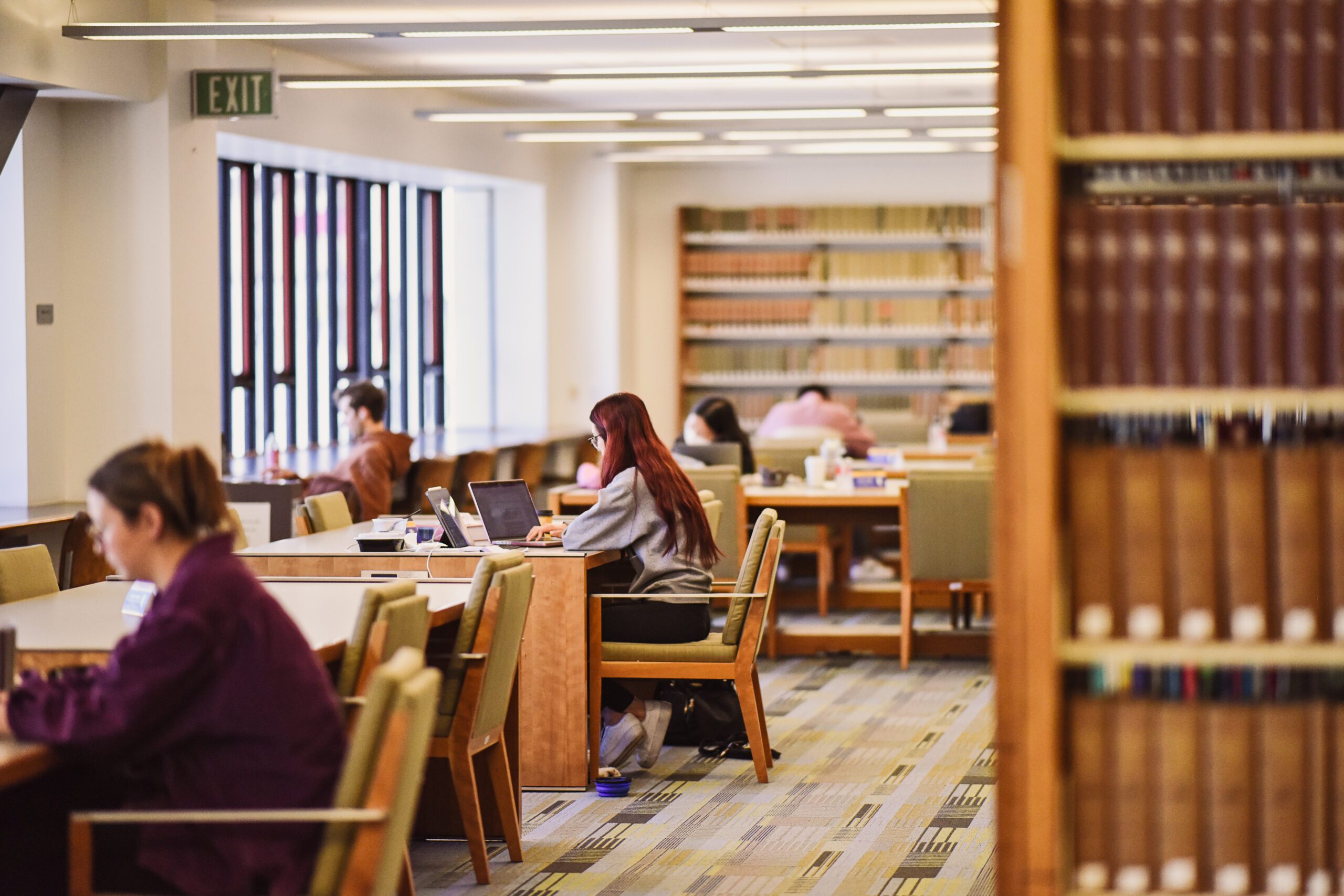
- The rankings do not measure key factors that create a quality law school education, including strength of the curriculum, diversity of clinics and experiential opportunities, and faculty commitment to innovative teaching.
- The rankings are methodologically unsound and constantly changing.
- Quality is built over years or even decades. Rankings that have wide swings from year to year aren’t using the right data.
- National experts have described the rankings as “silly” or raised doubts around volatility and methodology.
- UC Law SF’s name change may have caused confusion among those who vote on reputation for the rankings.
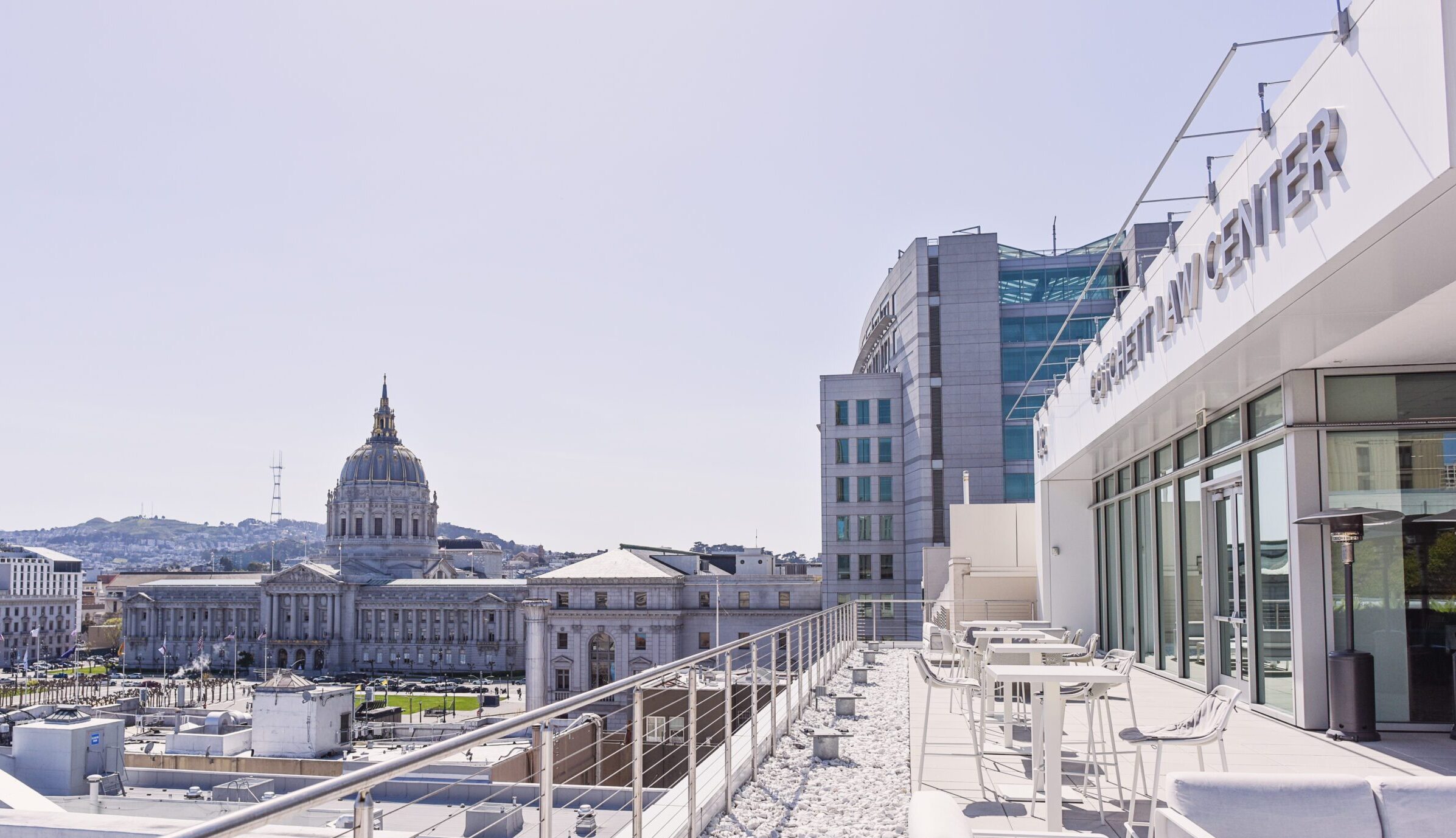
U.S. News & World Report ranks law schools each year by applying a formula to produce a score that generates an overall law school rank for the roughly 190 ranked ABA law schools. In 2023-2024, UC Law was ranked 60. In new 2024-2025 rankings released on April 9, UC Law is ranked 82, nationally. (Our relative rank among California law schools changed very little.)
Obviously, the quality of our law school compared to peer law schools nationally didn’t change by 22 ranks in a single year.
So, what explains the change? This information distills the main explanations we have currently and the real indicators of law school quality that make UC Law great:

UC Law SF students pursue their interests via a cutting-edge curriculum and opportunities to practice that prepare them to tackle modern legal challenges.
1. The U.S. News formula doesn’t measure quality.
The U.S. News ranking formula doesn’t measure – among other important indicia of law school quality – the degree to which faculty prioritize student success via innovative teaching or mentorship; the breadth or depth of the curriculum; the quality of clinical or experiential offerings; the array of opportunities for students to participate in competitions (e.g., Moot Court, where UC Law is #1 in the country) or scholarly journals (including the highly respected UC Law Journal); faculty scholarly productivity or impact; the vibrancy of the intellectual life on campus; the quality or range of research or programmatic centers; investment in new buildings located steps from federal and state courthouses; the richness and diversity of the student experience; or the strength of the alumni community.
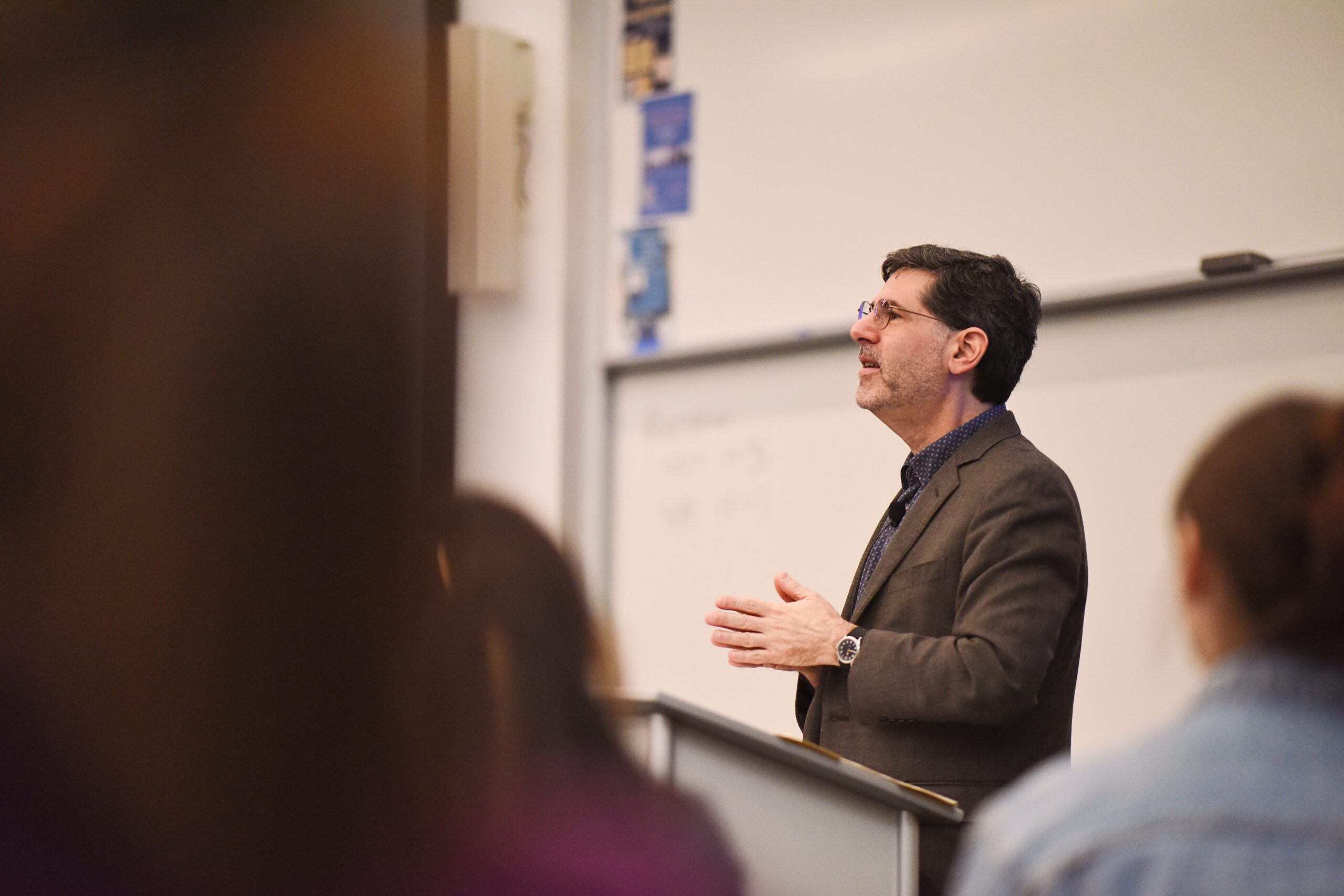
Year after year, UC Law SF faculty demonstrate a deep commitment to quality teaching.
2. Rankings are highly volatile.
The U.S. News formula is designed in a way that produces huge swings up and down each year, meaning that this year’s ranking doesn’t predict next year’s. Because so many law schools opted out of U.S. News data collection efforts in recent years, U.S. News now just heavily weighs what it can find in publicly available data, with 58% of the formula for overall rank measuring bar passage (which is 100% for our top quartile and typically north of 95% for the top half of the class) and employment (which was north of 90% last year). Because schools are closely clustered on those dimensions and subject to random shifts year over year (e.g., associated with pandemic effects on bar passage of our most vulnerable students outside the top two GPA quartiles), the rankings will now go way up and down every year to an even greater degree than in the past. This year’s ranking is evidence of that.
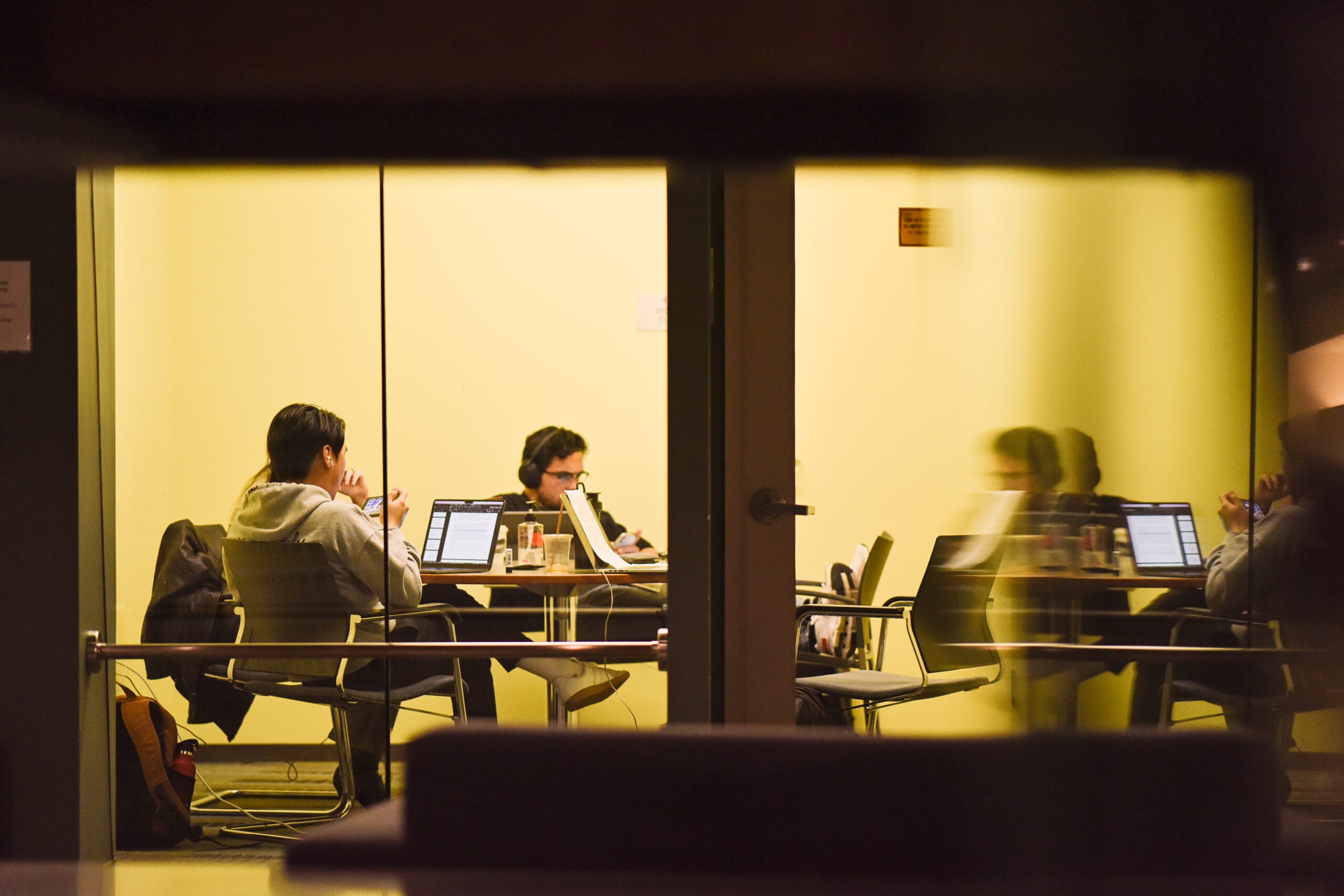
UC Law SF takes pride in where graduates are hired, and in reputation among peer law schools. These data aren’t considered in the U.S. News rankings.
3. The data it uses are brittle.
For example, U.S. News doesn’t recognize achievements in post- graduation placement, such as placement in Big Law jobs, where Law.com recently ranked us #26 in the country. (In mentioning this statistic, we don’t mean to suggest that these are the only or best jobs – it’s just a data point as to one category that the U.S. News formula doesn’t recognize as deserving special weight.) And on peer reputation scores, which are now a smaller percentage of overall rank than in prior years, it doesn’t even count votes of the roughly 50 law schools, including UC Law, that stopped participating in U.S. News data collection when it surveys law schools for peer rankings.
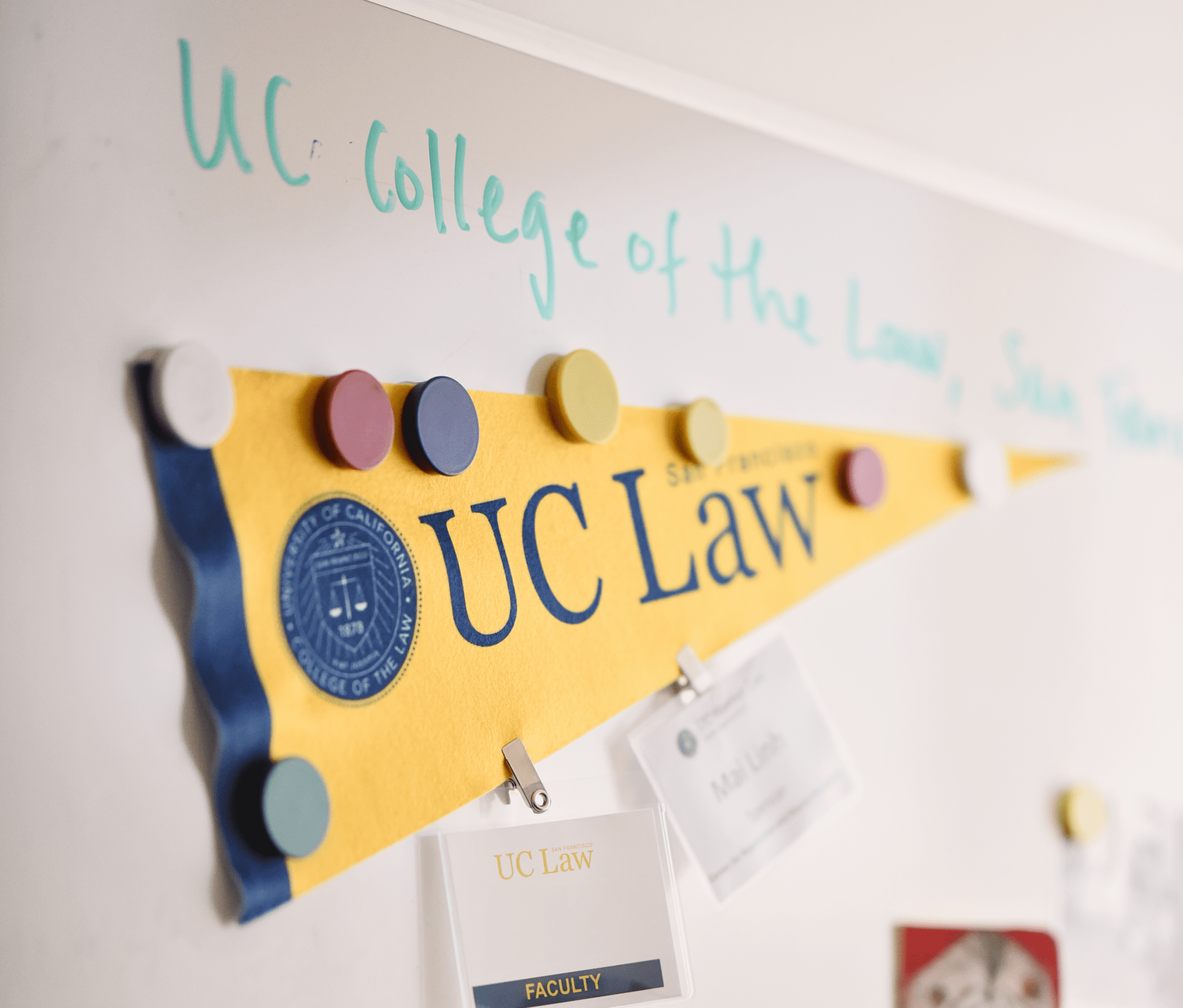
Ballots for the first time this year didn’t include UC Law SF’s former “Hastings” name.
4. We’re in the middle of a name change transition.
Some of the ranking change is likely related to the fact that this is the first year our name in ballots didn’t include the word “Hastings” such that the remaining voters (law schools that haven’t opted out) likely were confused by the new name, which will correct over time as we continue to educate peers about our new name. This confusion was noted in Original Jurisdiction.
5. The U.S. News ranking methodology has been the subject of widespread criticism.
In some cases, the criticism has been downright disdain — even noting that “Students Just Don’t Care About U.S. News Law School Rankings Anymore.” In short, as many commentators have pointed out in the recent past (see, e.g., here, here, here, here, here, and here). their formula for law school quality is arbitrary, brittle, crude, incomplete, and subject to widespread fluctuations year-over-year (as seen here and in the graphic below), which shows that outside the Top 20 rankings, the rankings are just “noise.”


